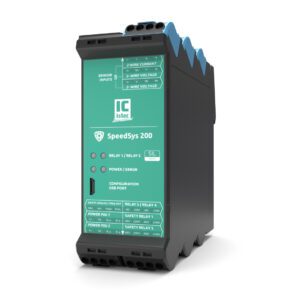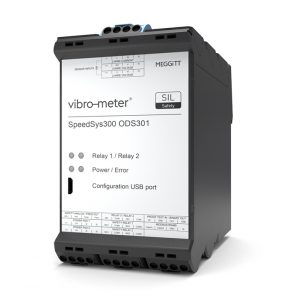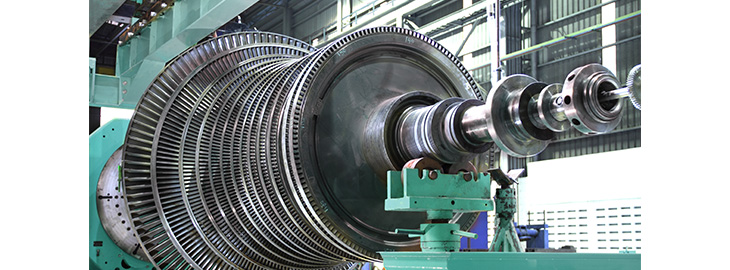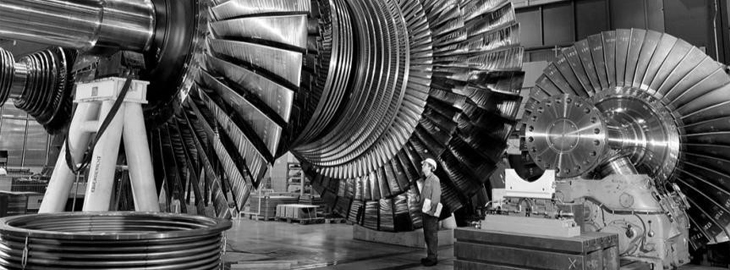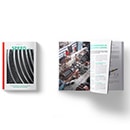The leading standard for rotating machinery (API 670) states that (critical) rotating machinery requires a state-of-the-art overspeed protection system. The availability of electrical overspeed protection systems has grown ever since it has become the standard for overspeed protection, rather than mechanical overspeed protection. The market offering consists mainly of highly complex systems, packed with complete protection/detection and monitoring suites. As a result, installing such systems has both a large economic and technical impact on the plant and limits the machinery that can be protected by such systems. This article discusses a modern approach that enables high-end overspeed protection to a wider range of rotating machinery.
Core of overspeed protection
Machine standards require the end-user of rotating equipment to have a state-of-the-art overspeed protection system in place. A large misconception is: the more complex the system, the better it functions. Monitoring functions and other add-ons equal more frequent testing and production downtime, while increasing error-sensitivity.
Modern approaches fully isolate the core layer of protection from other functions. One system with one focus; overspeed protection. This simplifies the system, while benefitting the uptime of the plant.
Increasing SIL demands
The demand for SIL-certified systems has increased enormously in the recent years. Both OEM’s and end-users are looking for SIL-certified overspeed protection systems that suit highly critical as well as less demanding rotating equipment. Separating the protection function from monitoring functions makes it more feasible to certify overspeed protection systems with a higher SIL level, while keeping the systems affordable. By doing so, the range of machinery that can be protected with such systems is extended.
Functional proof-tests
As with any safety systems, an overspeed protection system has to be regularly proof-tested to determine whether it is functioning properly and to maintain its SIL certification. The frequency of these proof-tests is determined based on the complexity of the system; the more functions, the higher its complexity, the higher the proof-test frequency. A higher the proof-test frequency causes more potential downtime.
This advocates for the strict separation of monitoring and protection functions and the return to the core of an overspeed protection system. Such approaches allow for longer proof-test intervals than with complex systems. Its proof-test intervals could even equal the entire lifespan of the system, which is especially the case with systems that are certified by design as opposed to proven-in-use.
Read more about the difference between certified by design and proven-in-use »
System architecture
Many overspeed protection systems have a rack-based architecture. Such systems are often not financially accessible to use for less critical machinery. A transmitter approach allows for more financially accessible overspeed protection systems that are modular and easily scalable, thus suitable for a wider range of rotating machinery. It fits the one system approach as transmitter-based systems can be used stand-alone for smaller and less critical applications, while they can also be scaled up to protect large turbomachinery with 2oo3 voting structures.
SpeedSys
The SpeedSys is a SIL-rated overspeed protection system for rotating machinery. It delivers the core layer of protection with a compact architecture. Its small technical footprint and low-impact installation enables advanced protection to a wide range of applications. SpeedSys is available in two versions. SpeedSys 200; for less demanding SIL 2 applications and SpeedSys 300 for demanding and critical SIL 3 applications.


